Magic The Gathering: 15 Easy To Build Decks For Beginners

Since its release in 1993, Wizards of the Coast's Magic: The Gathering established itself as a juggernaut in the trading card game scene. As such, players who want to take a break from the adventures in Wizards' Dungeons & Dragons can dish out cool spells as a Planeswalker in MTG. Unfortunately, people can't exactly blame newbies for feeling overwhelmed on the get-go. After all, Magic is a game with more than two decades on its belt.
Thankfully, newbies might solve this dilemma by trying to build their own deck. In fact, they might find themselves learning Magic much faster with a deck built for their playstyle. However, newbies might want to try out some recommended decks before venturing into their own deckbuilding styles. Here are some of the best newbie decks for both physical play and MTG: Arena online play.
Updated August 9, 2021 by Rhenn Taguiam: Thanks to its streamlined yet lasting mechanics, Magic The Gathering remains as perhaps the quintessential card game for anyone who wants to get into a TCG. Unlike other titles that get ridiculous mechanics over time or fade into obscurity, MTG remains quite a strong presence in the TCG community. In turn, it makes sense for the game to attract quite a stream of newcomers and even returning players to take a look into what the current iteration of the game has to offer. Luckily, there's also no shortage of experienced players giving advice to newcomers when it comes to efficient strategies and even deck choice. Moreover, some options for beginner decks help make the game more accessible and enjoyable to newcomers. Not to mention, they're fairly easy to create and remain very practical to use in the long term.
15 Constant Casting: Alternative Boros Cycling
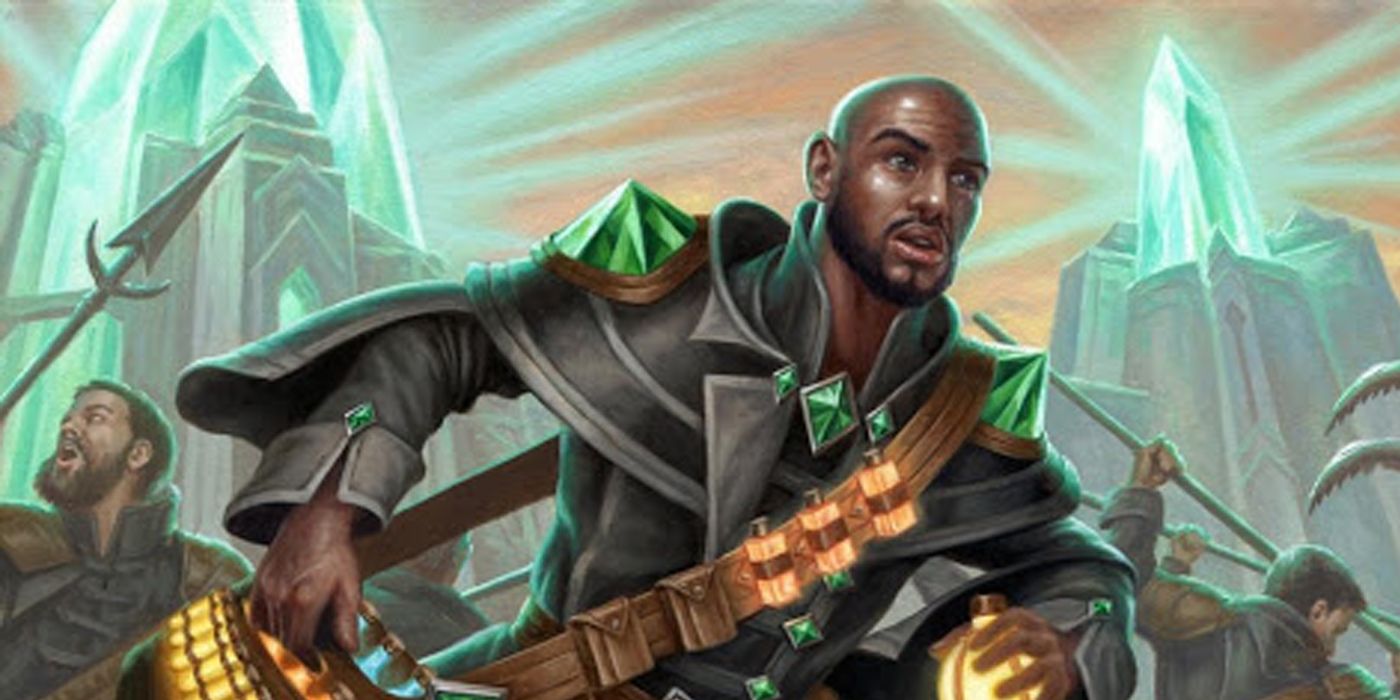
As the name implies, the Boros Cycling deck relies on a keyword ability for its win condition - Cycling. In terms of mechanics, Cycling pertains to cards that require players to discard a card as part of its effect cost. However, most Cycling cards will let players draw a card after the effect resolution. Despite this perceived caveat, the Boros Cycling deck boasts a competitive edge in Standard Play.
The Boros Cycling deck capitalizes on the Lurrus of the Dream-Den as its Companion, a creature with Lifelink and the ability to let players cast one permanent card from the graveyard per turn. Strategies now diverge depending on how players cycle their cards. Whenever players cycle, Flourishing Fox can get stronger, Drannith Healer heals players, Drannith Stinger damages opponents, and Valiant Rescuer can make more tokens.
14 Counter With Mill: Dimir Rogues

With the Dimir Rogues deck, players can access another Standard mainstay tactic - Rogues, a creature type that provides benefits with more of them cast on the field. Courtesy of Lurrus of the Dream-Den, players also get the opportunity to cast one permanent card from the graveyard per turn. This time around, most creatures in the deck force enemies to mill (or discard) cards from their deck (Merfolk Windrobber, Ruin Crab, Thieves’ Guild Enforcer, Soaring Thought-Thief).
In terms of spells, the Dimir Rogues deck capitalizes on counters-with-mills (Didn’t Say Please), hand-fills (Into the Story, Of One Mind), or outright destroying creatures (Eliminate).
13 Outpace To Submission: Izzet Spells
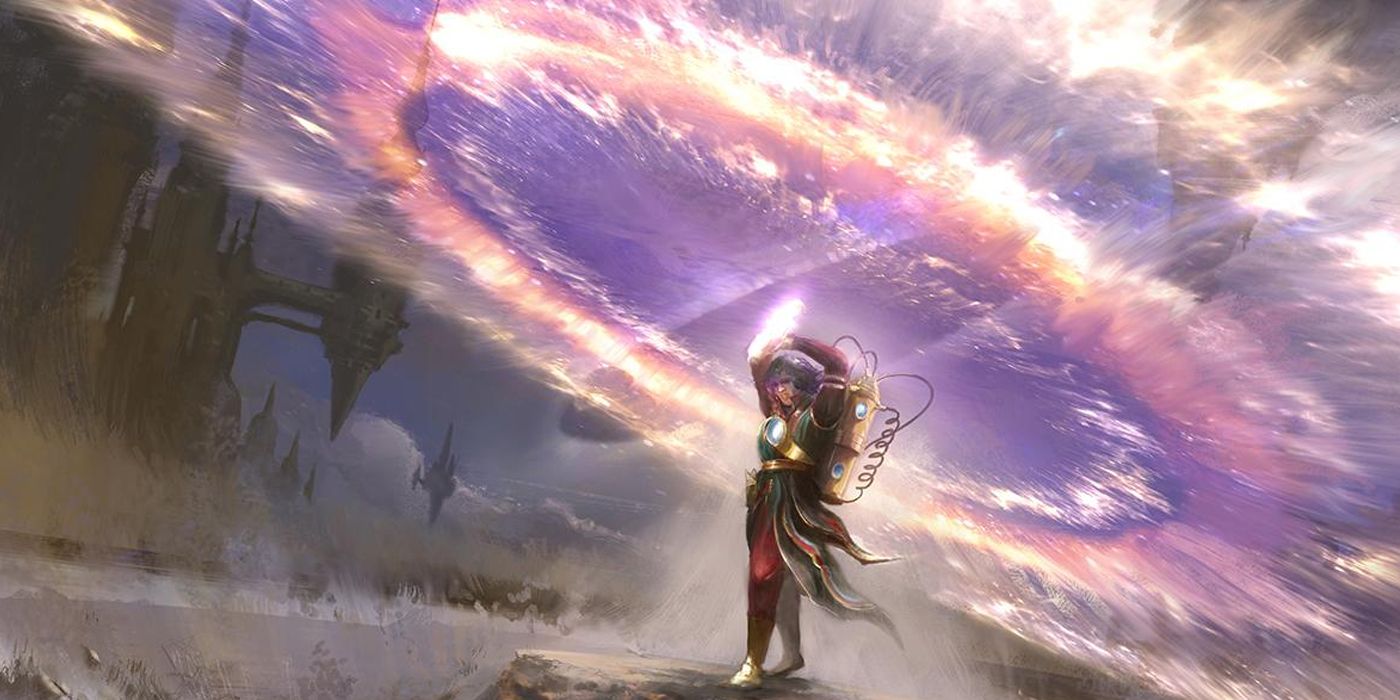
Similar to the aggressive mono-red starter deck, the Izzet Spells deck relies on summoning relatively cheap spells and creatures to build up damage and outpace enemies into submission. Creatures such as Heartfire Immolator, Rimrock Knight, Sprite Dragon, and Kinetic Augur can build damage through their effects.
Meanwhile, spells such as Spikefield Hazard, Academic Dispute, Crash Through, Opt, and Shock can either enhance creatures with effects or mess around with the enemy. Thanks to the rather accessible nature of most of Izzet Spells cards, players can get a unique take on red-based destruction without relying too much on minions.
12 Alternative Domination: Orzhov Clerics
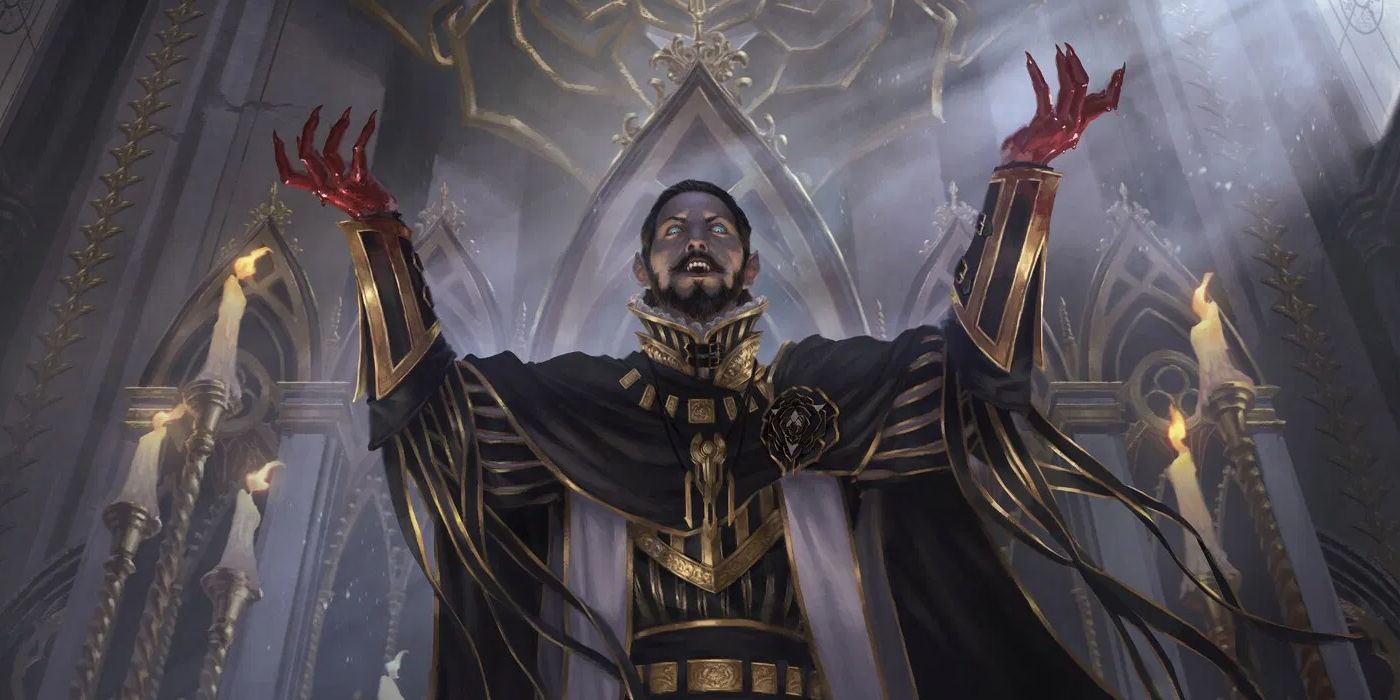
Players who use Orzhov Clerics can experience an alternative take on domination battles. Instead of having to dish out powerful cards to eliminate foes, Orzhov Clerics instead capitalize on card and board synergy to maximize its combat potential. Unlike other decks, beginners will likely want to upgrade Orzhov Clerics as they get more familiar with the game’s mechanics. Although instead of treating that as a disadvantage, this does make Orzhov Clerics quite a flexible deck.
Again relying on the cast-from-grave power of Lurrus of the Dream-Den, Orzhov Clerics can dominate through a variety of means. Clerics in the deck synergize with each other in terms of effects. In turn, players get access to handy life gain (Skyclave Cleric, Soulmender), powerful tokens (Archfiend’s Vessel), and building power through life gain (Cleric of Life’s Bond, Hallowed Priest).
11 Aggression And Safety: Rakdos Party
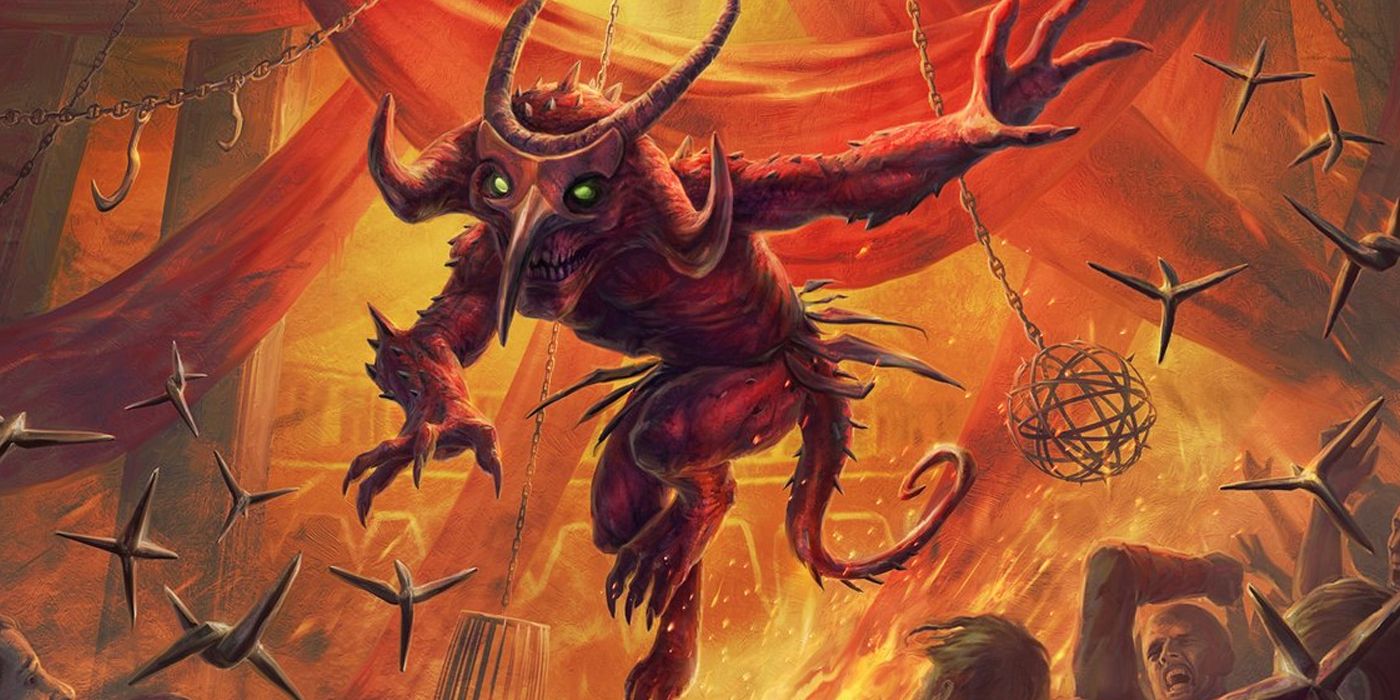
Beginners can easily recognize that a combat rotation can often leave them vulnerable - or risk performing little to ensure they have defenders on the field. With Rakdos Party, players get an exit from this tricky situation. At its core, Rakdos Party utilizes the Zendikar Rising’s “party” mechanic to make synergies and aggression much easier to accomplish. Zagras, Thief of Heartbeats and Call of the Death-Dweller can easily have players get aggressive and still get cards back to the field.
Its plain aggression mechanic is also impressive. Players get access to creatures that build power (Grotag Bug-Catcher), power gain through life gain (Archfiend’s Vessel), death-based damage (Fireblade Charger, Heartfire Immolator), lifesteal via party presence (Malakir Blood-Priest), and party-based mana build (Ardent Electromancer).
10 Get Aggressive: Mono-Red
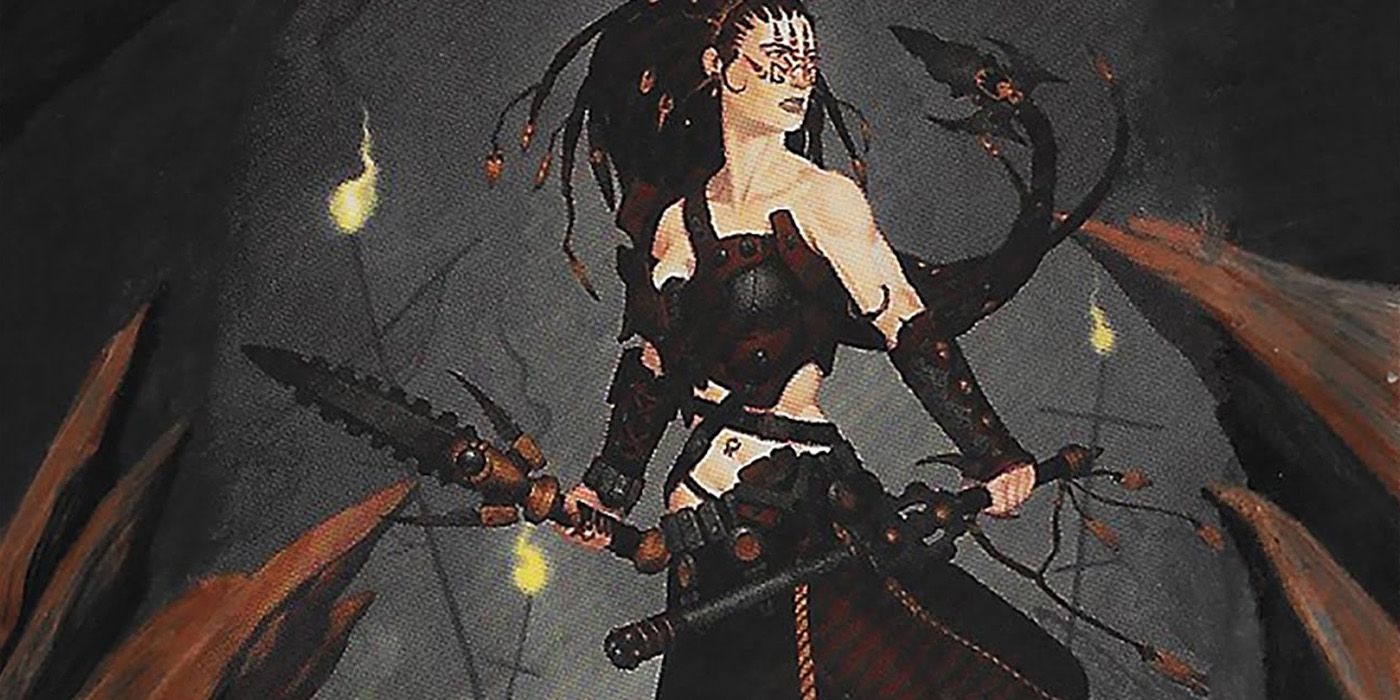
Players who want to turn up the heat in battle would want to build a Red-focused deck. Thanks to its aggressive nature, Red-based builds tend to overwhelm enemies with sheer numbers or sheer power, unleashing devastating combos that end battles quickly. This Mono-Red deck from WItC follows this archetype, albeit built for newbies.
With this Mono-Red deck, players will focus on dealing more damage to the enemy player instead of creatures. However, this deck also slowly introduces card combos and trains players in terms of their timing. This deck introduces players to the idea of exiling cards, as well as Haste, Flying, First Strike, and Double Strike. Check out this deck build in Tapped Out.
9 Master The Stack: Mono-Green
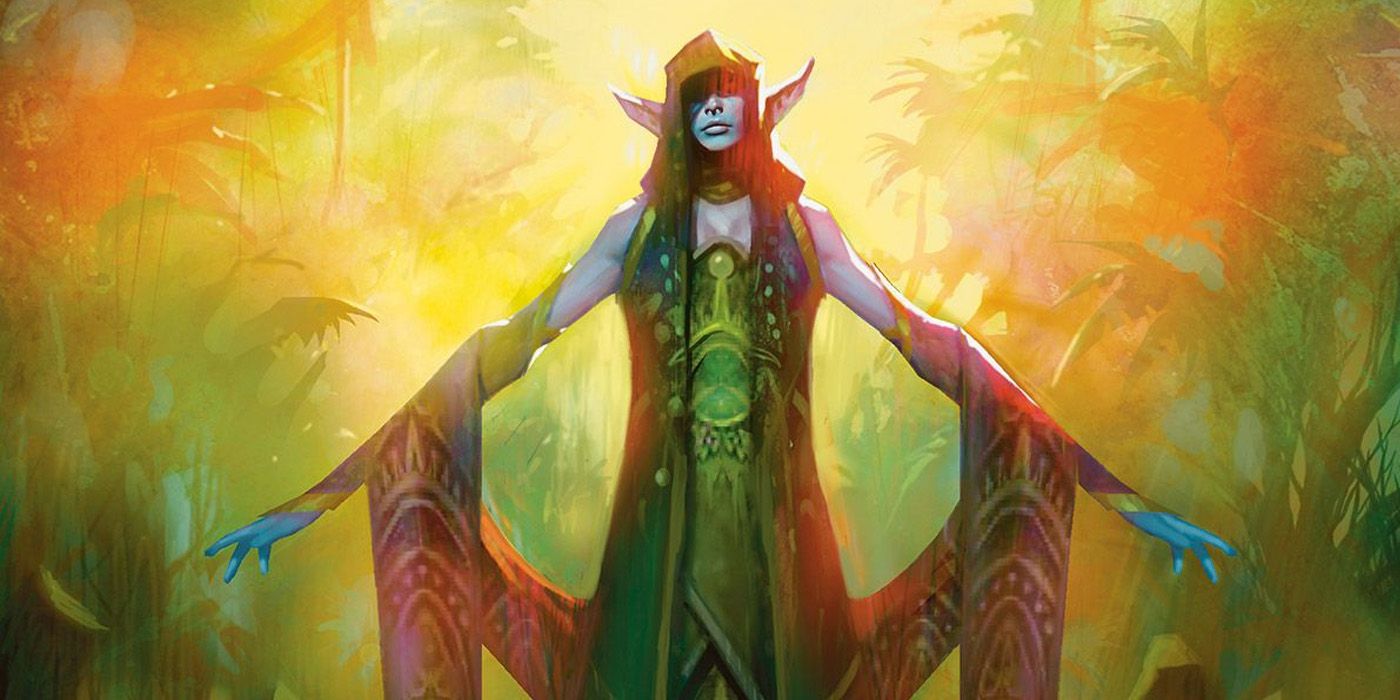
The stack remains as one of the most important aspects of MTG. Unfortunately, it's also one of the most confusing. Sometimes, players might just scratch their heads when five or six spells end up countering each other in the stack. To top it all off, managing creatures outside the stack can turn the game extremely overwhelming.
Courtesy of WItC, this Mono-Green deck aims to help newbies understand how the stack works. Thanks to straightforward card effects, players can focus on survivability while improving their creatures. Additionally, this deck introduces card effects such as Hexproof, Reach, and Trample. It also makes use of cantrips and card draws, as well as enchantments. Players can check this build in Tapped Out.
8 Buff Galore: Mono-White

Players who want to try out deck-building might be confused with some slang MTG vets use throughout their deck construction process. And unlike the defensive Green and aggressive Red cards, White cards tend to lean towards support. Thanks to effects such as Anthem, a nickname granted to cards that buff player creatures, players can add a ton of versatility to their battle strategy.
Thanks to WItC, players can now try powering up their creatures using card effects. This Mono-White deck introduces exiles, creature auras, and choosing when to benefit from certain combos. For instance, two Perimeter Captains defending the player can grant their owners +8 life. However, four creatures defending the player might grant their player +32 life. This deck also introduces new concepts such as auras and tokens, as well as Protection and Defender. Players can go to Tapped Out to see this deck build.
7 Interact With The Shadows: Mono-Black
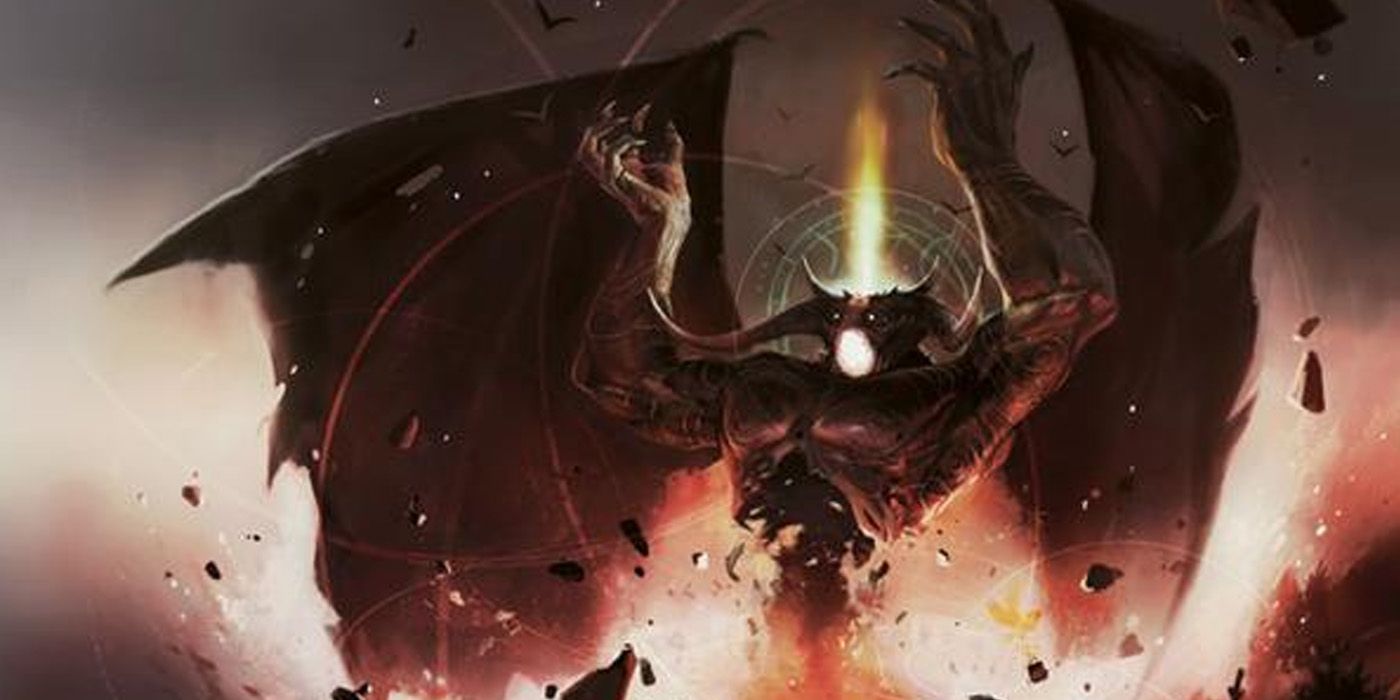
Unlike other card games, MTG offers enough versatility with playstyles thanks to its color themes. Players of Black-based builds understand this, as Black cards often ensure even the graveyard is put to use throughout the match. WItC introduces these concepts in a simple-to-use Mono-Black deck. With this build, players get introduced to the idea of controlling the battlefield with their cards and leech life off opponents.
And unfortunately to their enemies, players can also experiment with how they want this control to happen. This deck introduces new concepts such as Deathtouch, Wrath, discards, and graveyard interaction. For instance, creatures with Deathtouch still give excess damage when blocking creatures with Trample, which can be annoying to more offensive decks. Check out this deck build here.
6 Control Rules: Mono-Blue
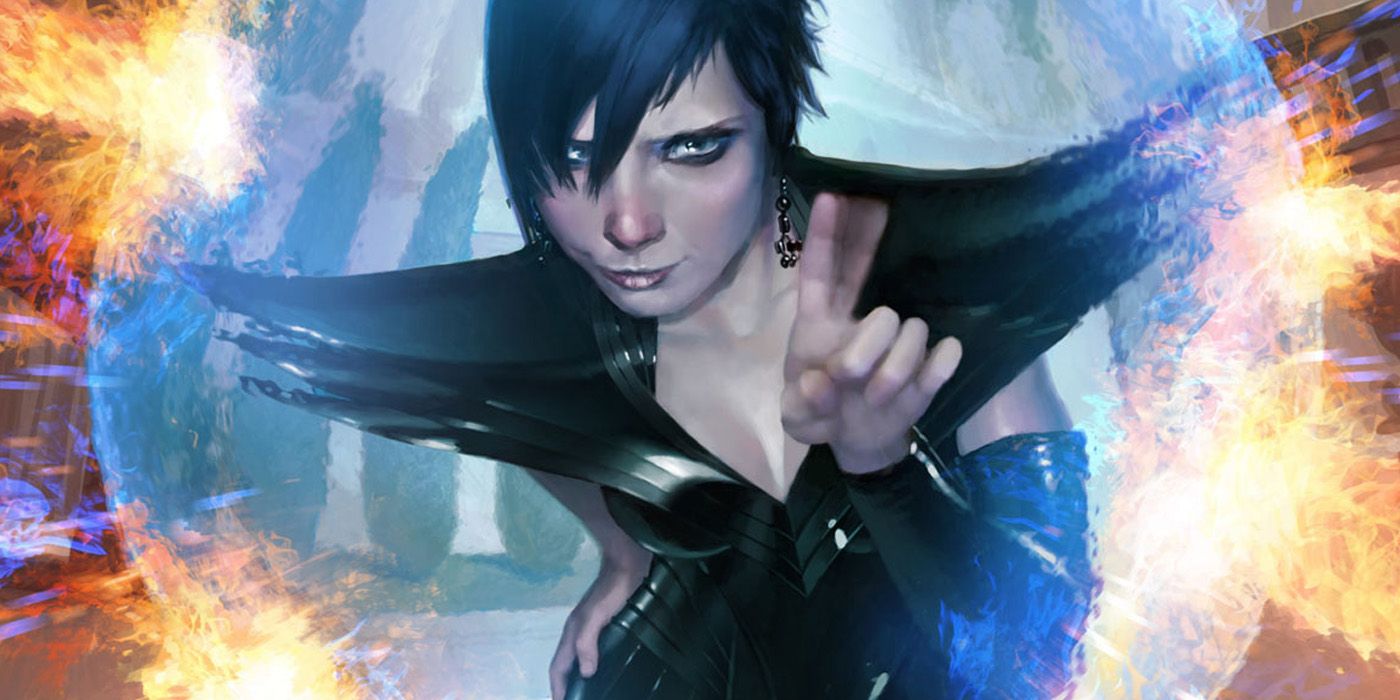
Players who had fun with a Mono-Black control deck will have a ton more spellcasting versatility with a Mono-Blue deck. After all, Blue cards are, by nature, control cards - and they provide new options to navigate the battlefield, especially for newbies.
For instance, in WItCs deck in Tapped Out, this Mono-Blue deck introduces an alternate win condition in the form of Hedron Alignment. Thanks to Hedron Alignment, players can now win in their upkeep stage just by having this card on the battlefield, in the grave, in exile, and in their hand.
However, players of this deck will also get to use advanced lands, bouncing, scrying, artifacts, and even counterspells. Thanks to counterspells, players can now eliminate pesky cards in the stack. Unfortunately, they have to be careful when to use these counterspells - as vets may lead them into a trap.
5 Infect To Win: Multi Green-Black
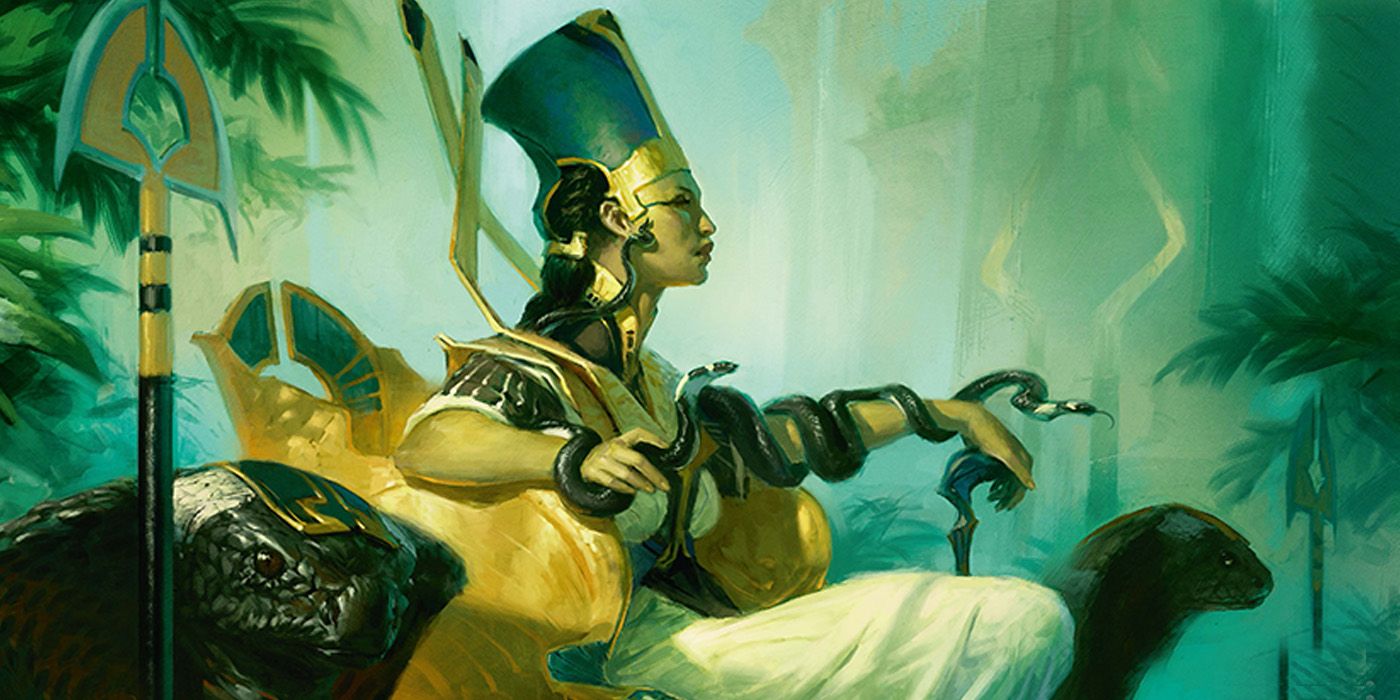
The fun starts in MTG deck-building when players start fiddling with color combinations. However, players who do so tend to use colorless lands in order to maximize the spells they cast. In WItC's Multi Green-Black deck, players can get to know new concepts such as legendaries, equipment, and counters. Moreover, they'll get exposed to new effects such as Lifelink and Regenerate.
Perhaps more interesting is how this deck introduces versatile styles of play to gamers. Most times, players can use this deck to rely on Infect to win. After all, players lose if they acquire 10 or more poison counters. However, players may also use Infect to ruin the combat strategy of their enemy creatures. Players can check this build in Tapped Out.
4 Sacrifice Is Necessary: Multi White-Black
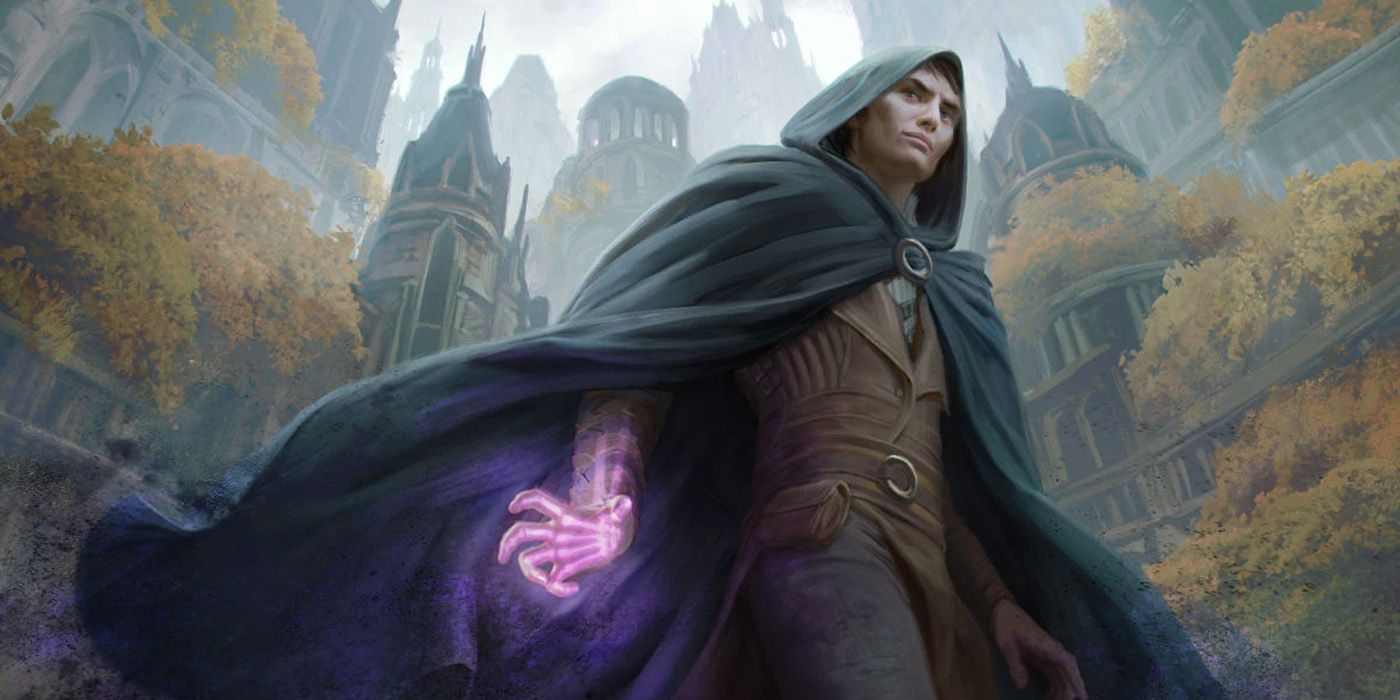
Interestingly, great MTG strategies don't just rely on dealing the most damage to opponents. Sometimes, the best strategies involve sacrificing one's own deck to eliminate the enemy. WItC introduces this unique concept in this Multi White-Black deck. With this deck, players take advantage of Lifelink, Drain, as well as cards with alternate forms. Moreover, this deck capitalizes on summoning and sacrificing creatures in order to deal damage.
With this deck, players rely on certain cards to constantly summon new creatures. These cards compliment certain creatures that punish opponents when a player creature dies. Finally, players can maximize these benefits with cards that actively force them to sacrifice creatures. Players can check this build in Tapped Out.
3 Power Up: Boros Cycling

If you're playing MTG: Arena, Boros Cycling might be one of the most useful starting decks out there. While it's a multicolored deck, it does play around a core mechanic: secure a Flourishing Fox early and pump it as soon as possible. Moreover, as this deck relies on a lot of cyclers, players can easily power up Flourishing Fox to do a lot of damage to the battlefield.
In the endgame, players can cast spells such as Footfall Crater to give Flourishing Fox the Trample effect, making it a much deadlier foe against opponents. Players can check out this deck here.
2 Draw The Power: Izzet Phoenix
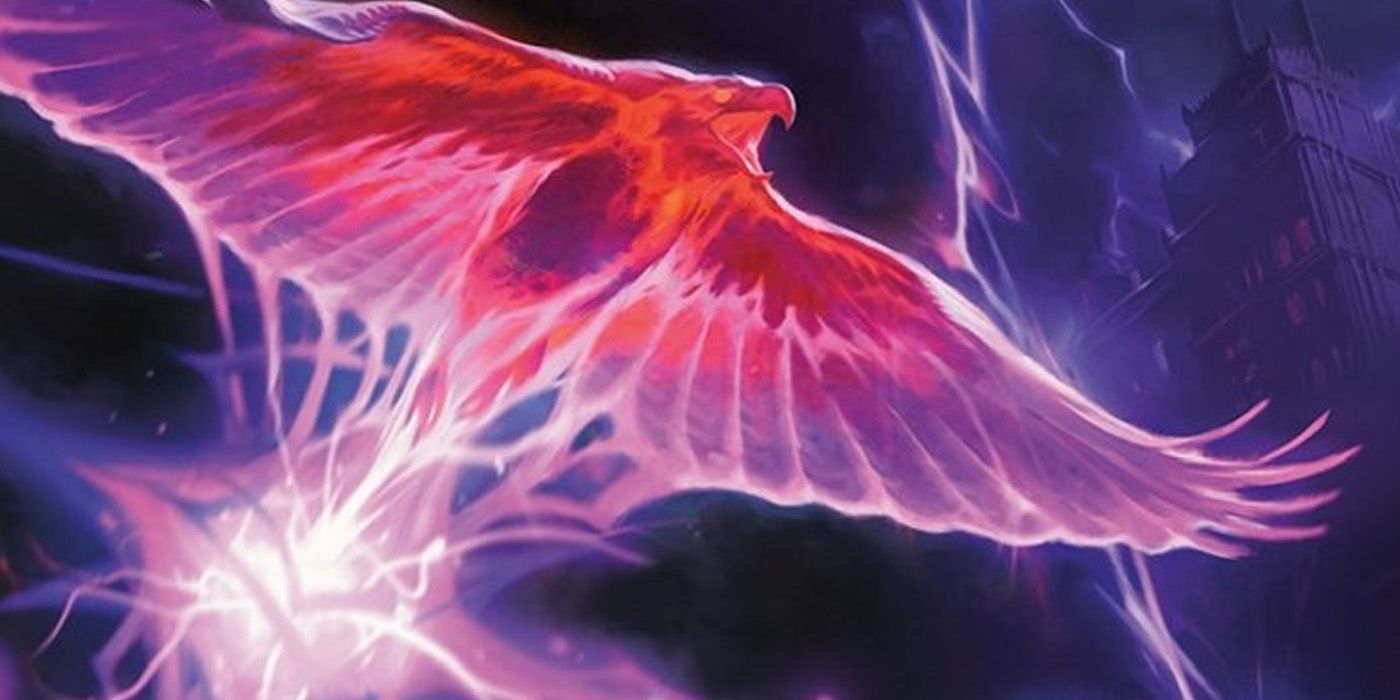
Izzet Phoenix serves as a handy Red-Blue deck, especially for players who want a handy draw deck. In principle, this deck aims to send Arclight Phoenix to the graveyard, only to bring it back after casting three spells.
Moreover, this deck utilizes cards that deals damage and create tokens whenever players draw their second card. This strategy becomes handy, especially when much of the other cards in the deck rely on threats, removal spells, and other draw spells. Interested players can check out this deck here.
1 Life For Life: Orzhov Syndicate
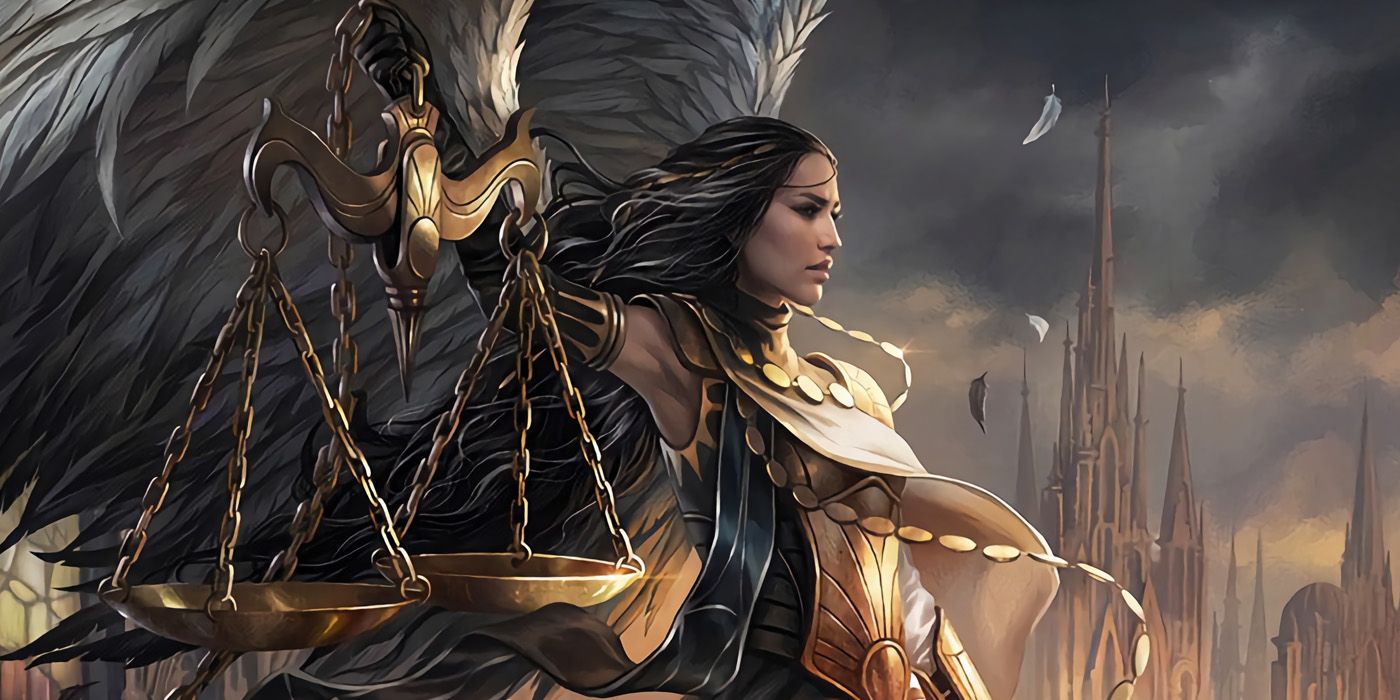
As seen earlier, a White-Black deck can actually transform any battlefield into a bloodbath. Thanks to Orzhov Syndicate, players will be able to steal life from opponents while at the same time summoning creatures back from the grave.
Of course, players might consider that this deck does possess rare cards such as Seraph of the Scales, Godless Shrine, Kaya's Wrath, and Brought Back. However, having these cards alone can pave way for interesting builds, especially when players begin deck-building themselves. Players can see this deck for themselves here.










No comments: